Jig testing programme: valuable insights for performance optimisation
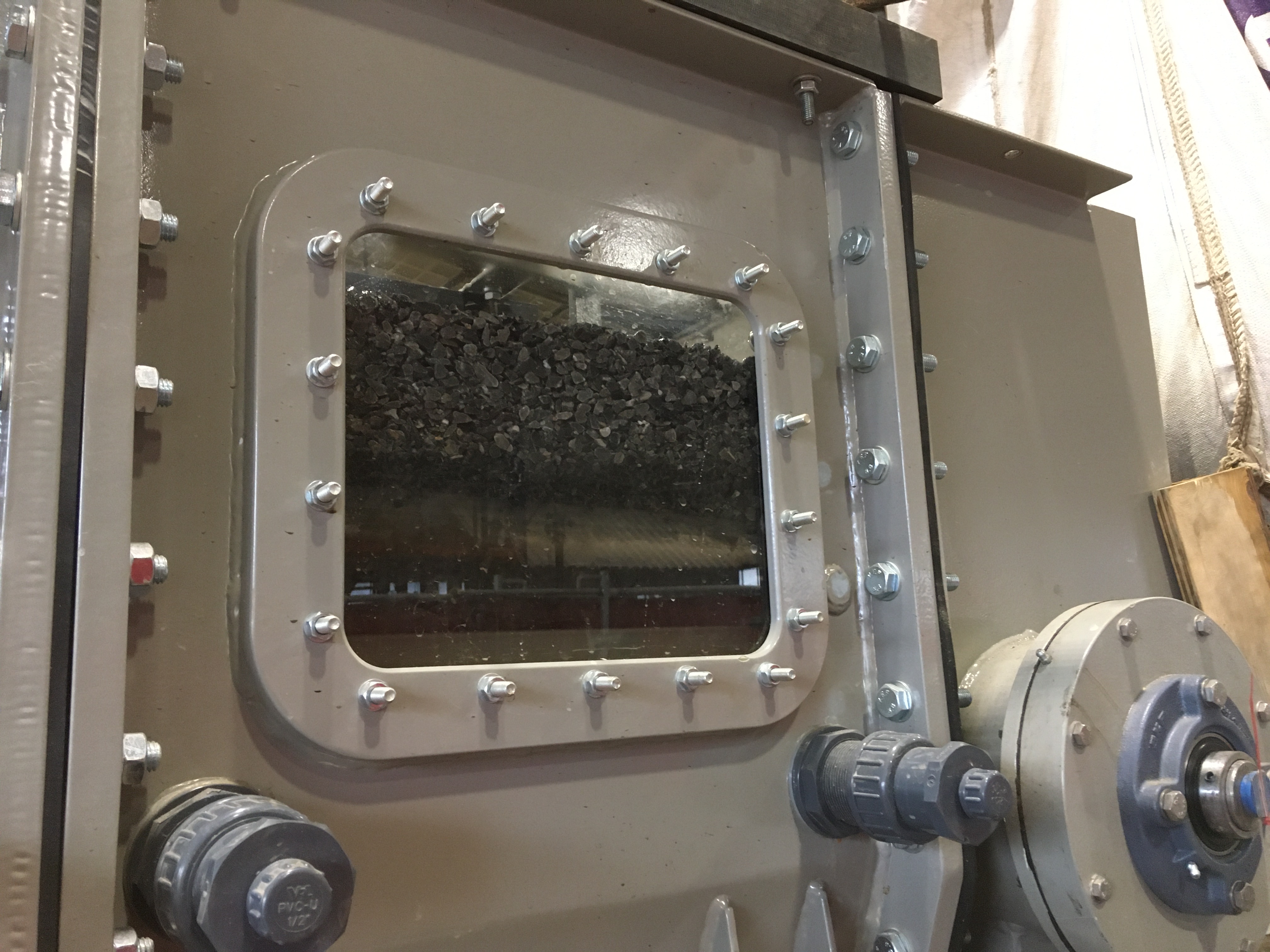
Meeting the future needs in gravity separation
As introduced in the previous blog, in the 20th century IHC Mining discovered and further developed the jig as gravity concentrator for the processing of minerals. Along the way its form took on a rectangular design, followed by circular design, and now sees the trapezoidal jig design as a final shape. In addition, the harmonic bed pulsation was redesigned to a saw tooth pulsation. And so Royal IHC’s high recovery jigs were born and implemented in the market of gold and tin processing.
Nowadays, it is a challenge to acquire sufficient minerals, mainly needed for the energy transition. In addition, many mineral processing operations are aiming at a reduction of their energy use. This means a change in mineral processing operations:
- lower feed concentrations (such as for re-mining of tailings)
- deviating particle shapes (especially for the recycling industry)
- coarser particle sizes in pre-concentration (to reduce grinding energy)
The basic operating principles of the jigs – the bed fluidisation, the gravity separation and the controlled draw off of the valuable minerals – show a large potential to deal with above challenges in different gravity separation applications. For example, when implementing jigs as a pre-concentration step this will help realise less material flow to consecutive processing steps, a high recovery of valuable minerals and a reduction of energy use due to concentration of the material flow.
Taking into account the changes in mineral processing operations, and the more stringent requirements they pose on the current jig types, this requires a better understanding of jig principles. These are exactly the principles we further explored in our lab. The goal of which was to confirm the deployment of our high recovery jig to meet future needs.
Implementing a permanent magnet linear motor
There are roughly two types of jigs that pre-concentrate minerals: the through-screen jig and the on-screen jig. Both machines work on the same principal, namely separating heavy and light solid particles by fluidisation of the bed due to pulsation of the water. The feed conditions vary however: a through-screen jig is typically used for fine material (0.063 - 6mm) and an on-screen jig for 4 - 40mm. In order to test this, we wanted both types in our lab.
Numerous settings can affect the performance of jigs. In current Royal IHC jig designs, all variables can easily be changed, except for the pulsation characteristics. If you want to adjust the pulsation stroke and -curve, you need to replace the hardware. In order to learn and further fine-tune the performance of the jig, we decided to implement a permanent magnet linear motor in the test jigs to do just this.
Pinpointing the best pulsation per situation
The motor-induced pulsation of the jig is the basis for bed fluidisation and pre-separation of the heavy particles from the lighter ones. There are mainly three pulsation shapes:
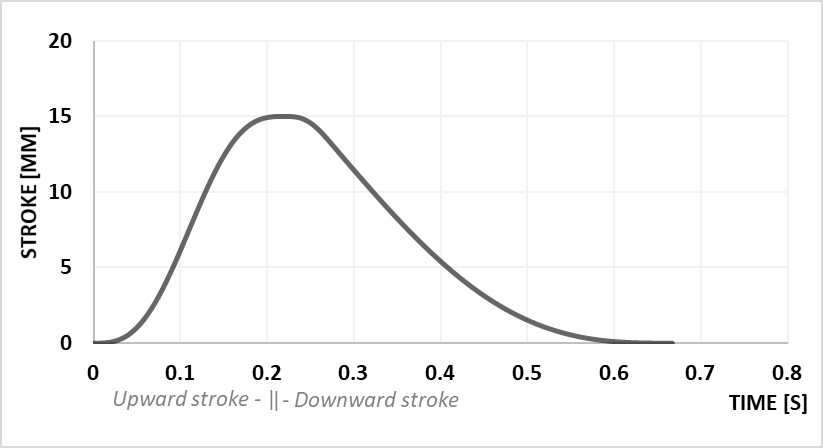
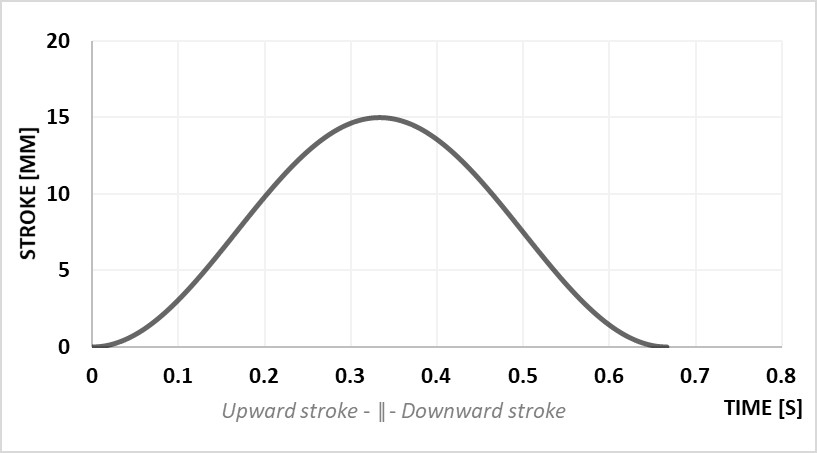
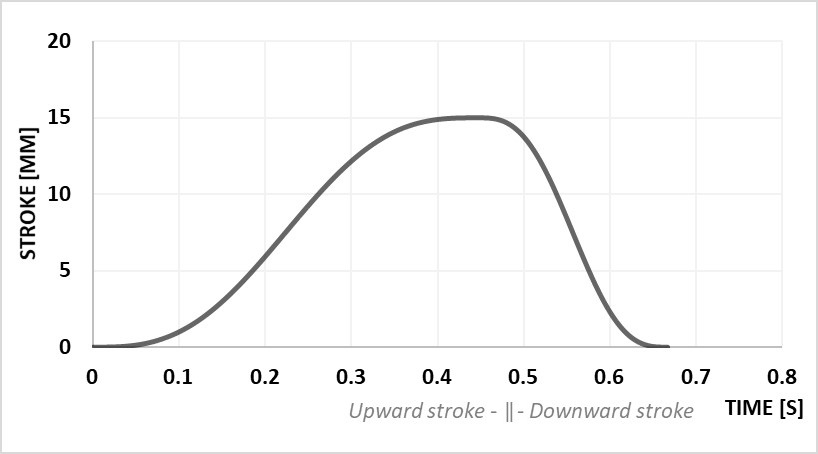
To reach a high jig performance, i.e. a ‘Recovery’ of >85% and ‘Ratio of Concentration’ of 5-10, you need enough fluidisation of the bed. Simply put, large/heavy/coarse particles need a higher pulsation velocity than smaller/lighter/finer ones.
From testing, we learned that the saw tooth stroke has a larger upward pulsing velocity (=fluidisation) over a shorter time period than the other pulsation shapes. This has an added value on the recovery of fine heavy particles, because they are not flushed out due to the short fluidisation period.
By doing more of such desk studies and lab test analysis for specific feed and ragging materials we can estimate the optimal pulsation curve, and predict a jig’s performance in different situations. This further allows the jig to be optimised to fit each client’s specific conditions.
Three test jigs to find optimal settings for new innovative jigs designs and application
Noting the need for a new motor, and the impact of pulsation techniques, IHC Mining set up a development program for its jigs. This required the installation of three new test jigs.
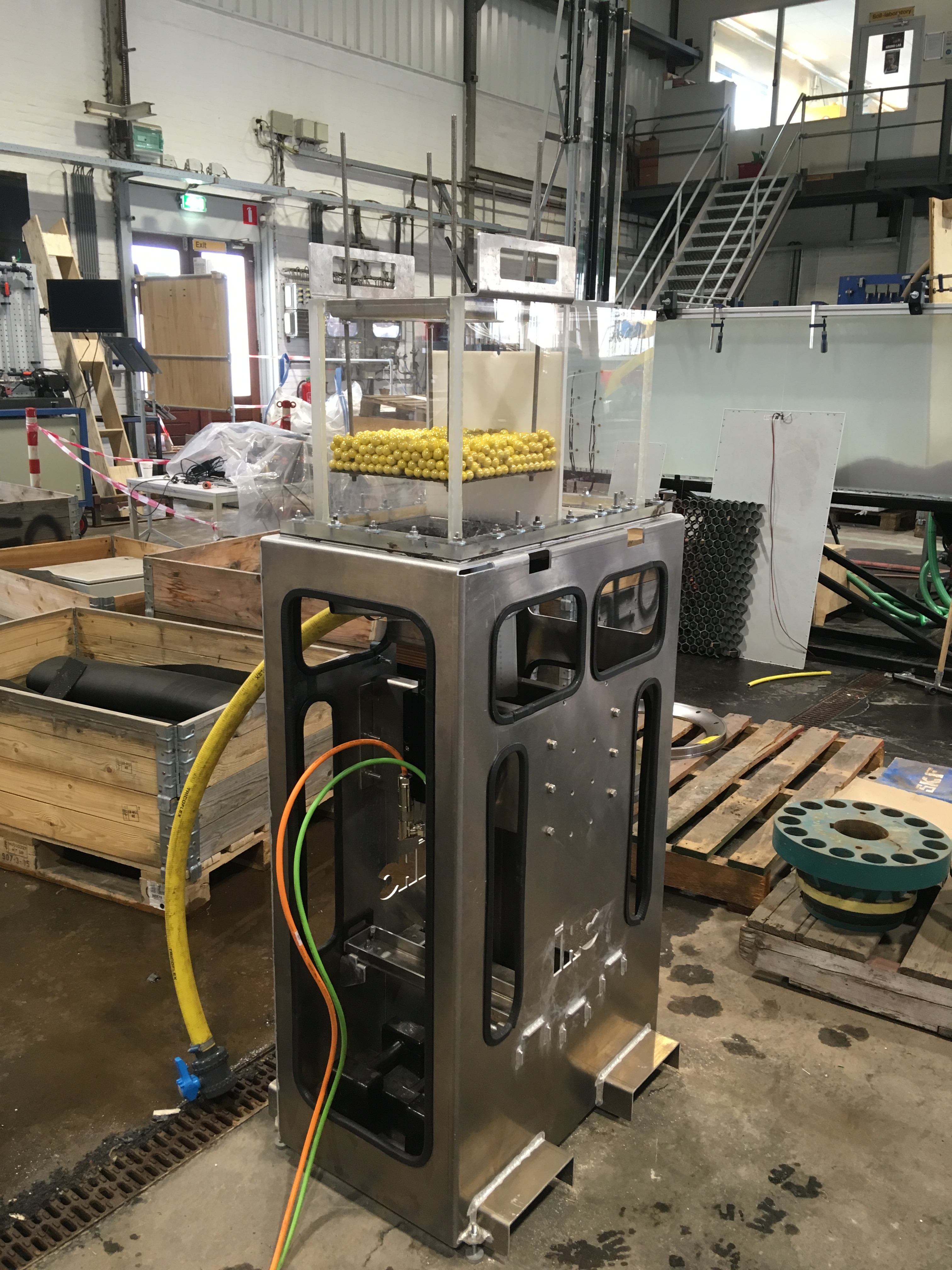
Three different test jigs
The analysis jig was designed to only test the vertical pulsation characteristics of the material. The through-screen jig and the on-screen jig were designed to simulate a (scaled) batch test, including feed and draw off. All these test jigs:
- make use of a permanent magnet linear motor to enable a high number of various jig pulsations
- are equipped with a transparent basin to get insight into the dynamic separation process
- have a fully adjustable screen deck (angle, height, aperture, open area) to mimic various field situations.
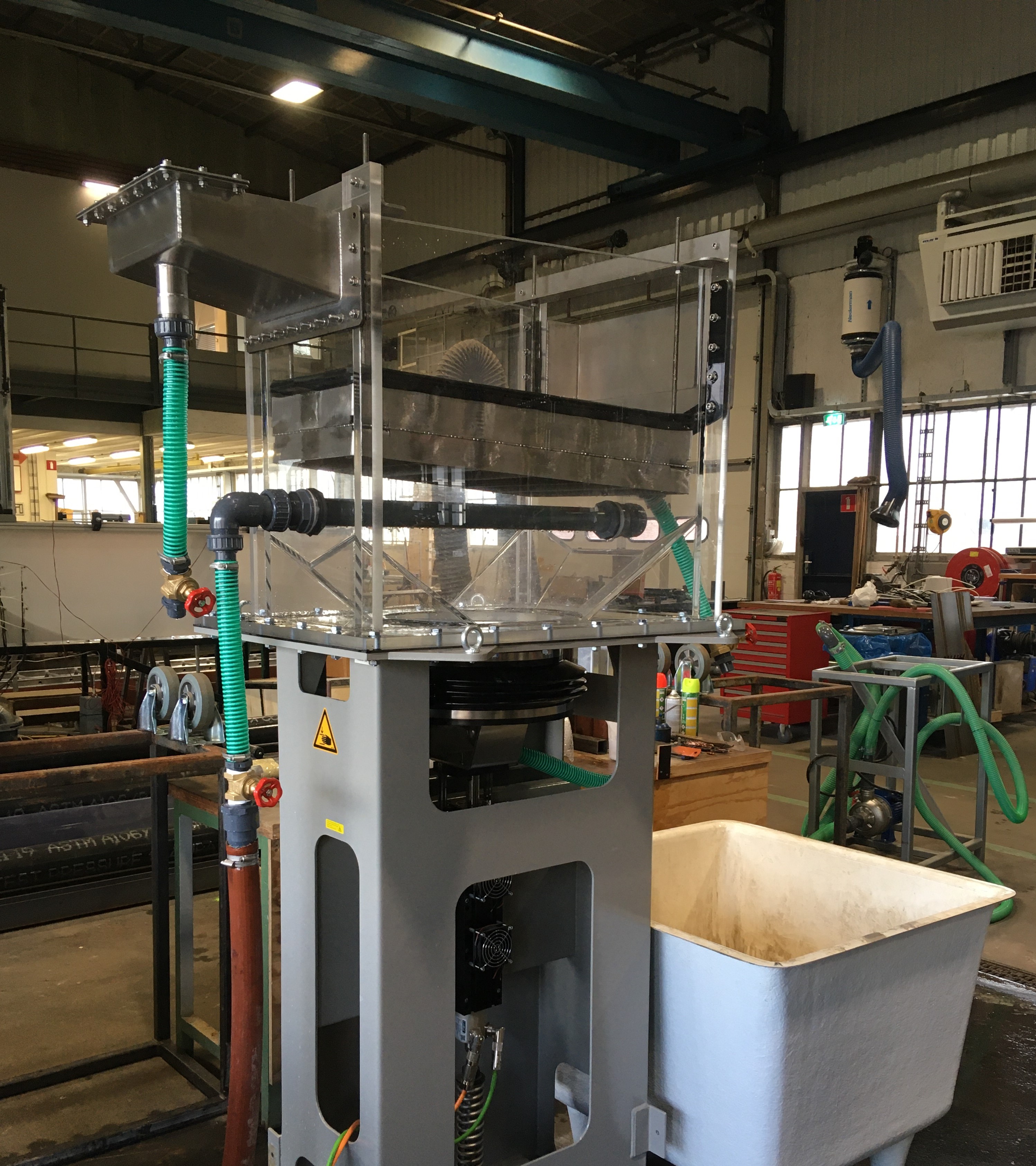
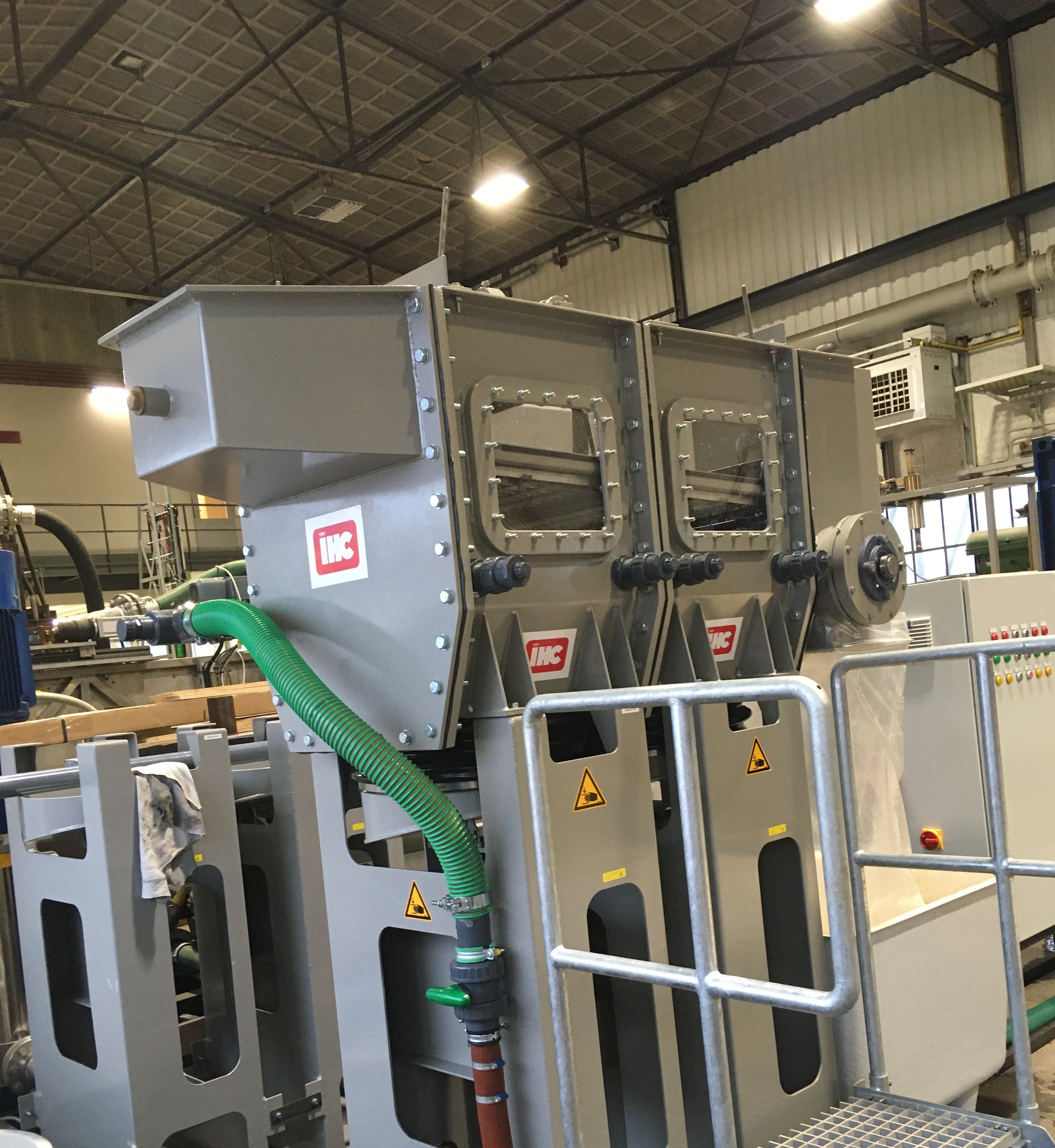
Promising results
Tests with the analysis jig with a mixture of glass and ceramic balls showed a good separation of all particles: glass on top of the ceramic balls.
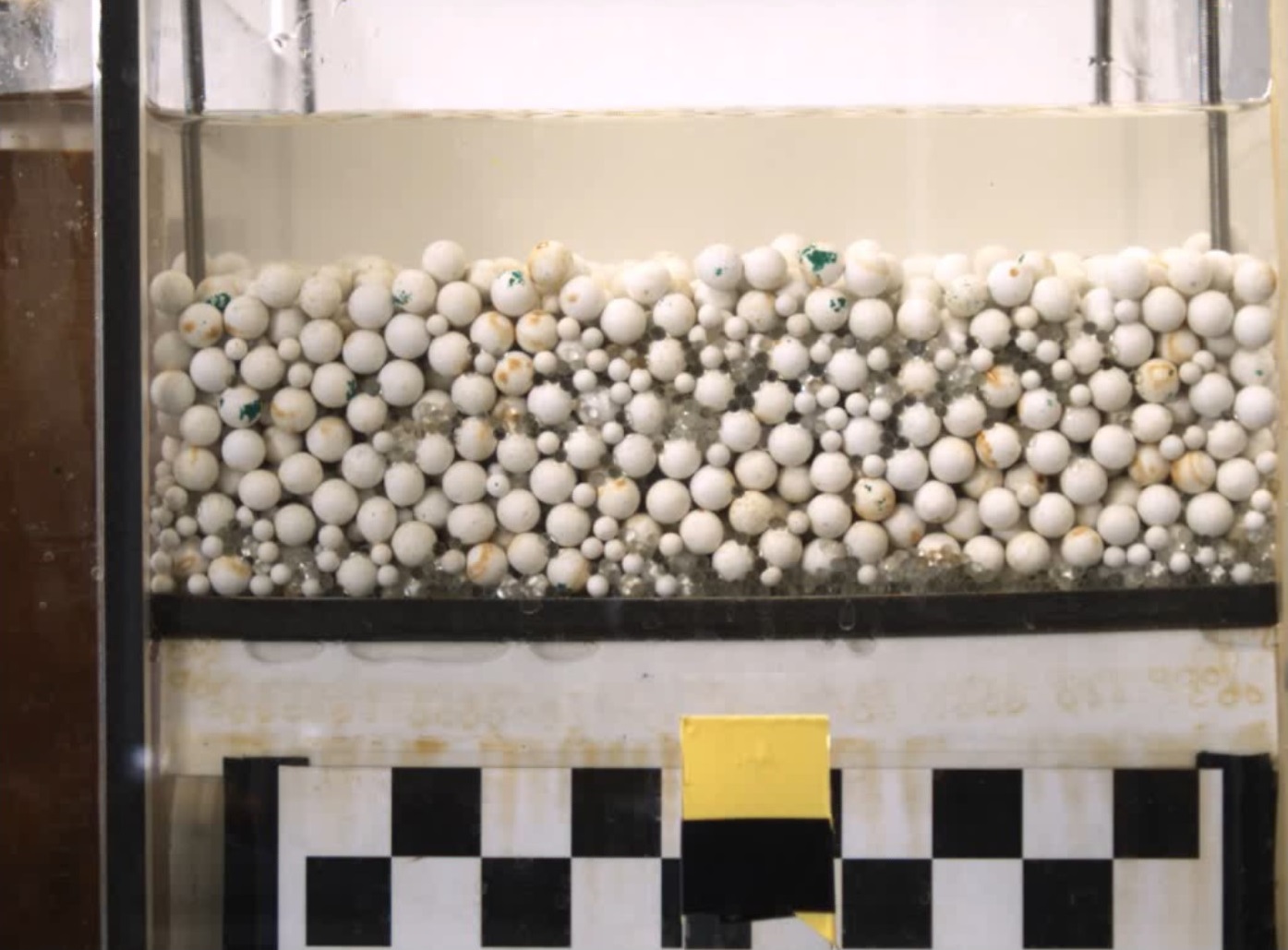
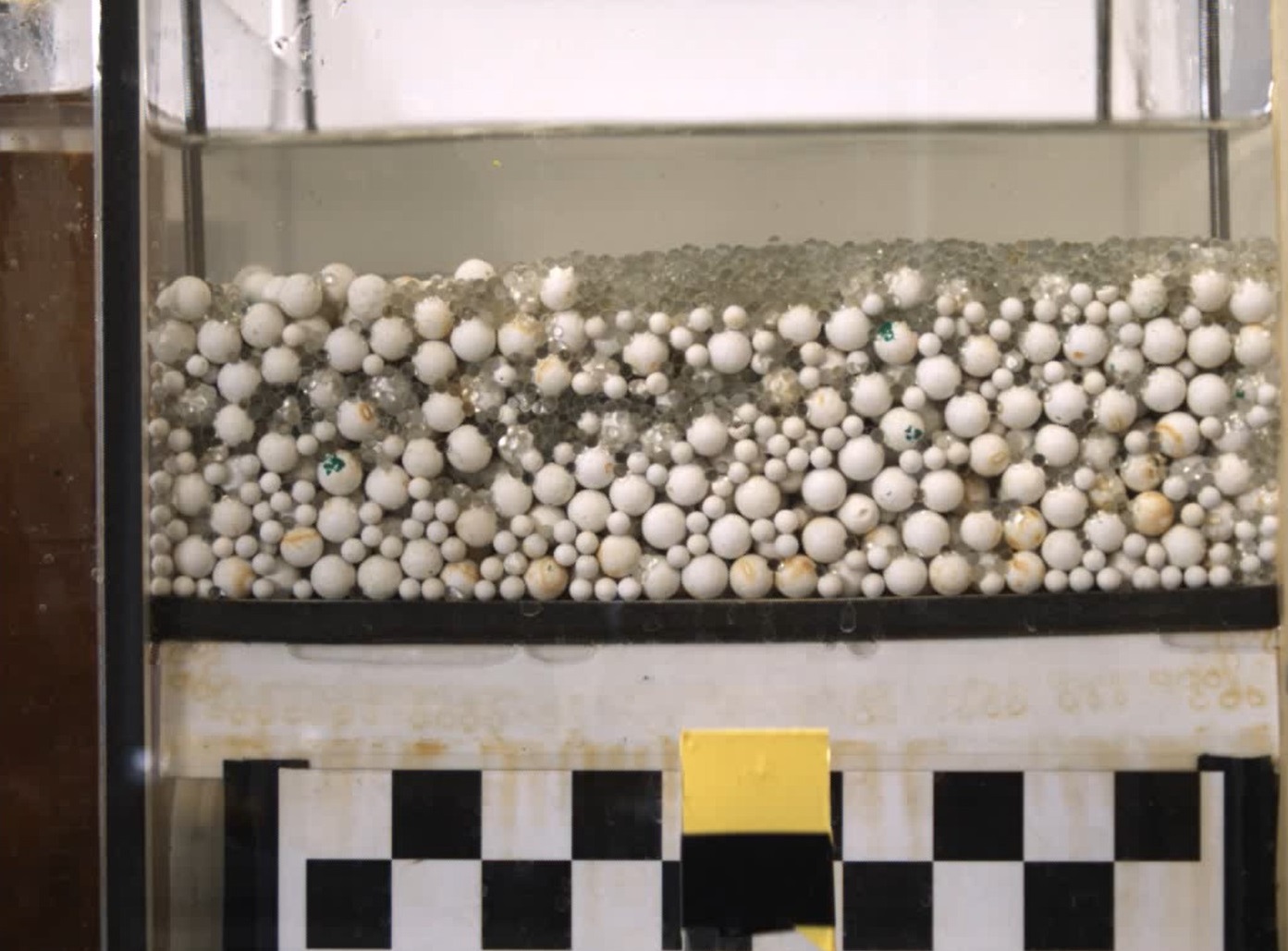
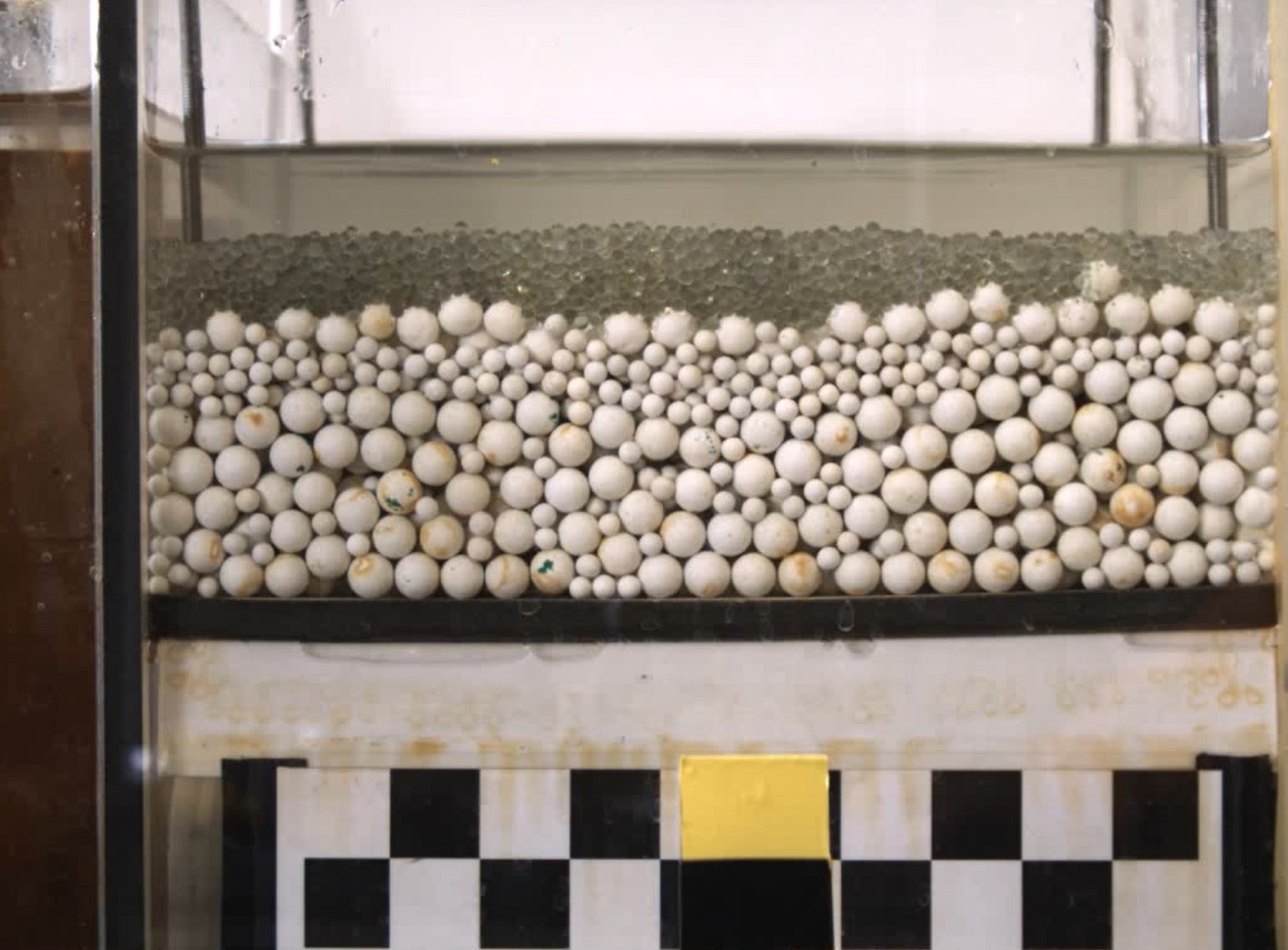
Tests with the through-screen jig with a relatively coarse feed material (2-6 mm), containing 0.1% of an industrial mineral with a slightly higher density, proved a good separation process in the jig bed. The large heavy particles (6mm) should require very large ragging particles, however after balancing the ragging size and density we found the right settings. Due to the gravity separation the pre-concentration tests resulted in an acceptable ratio of concentration and a recovery of 95%.
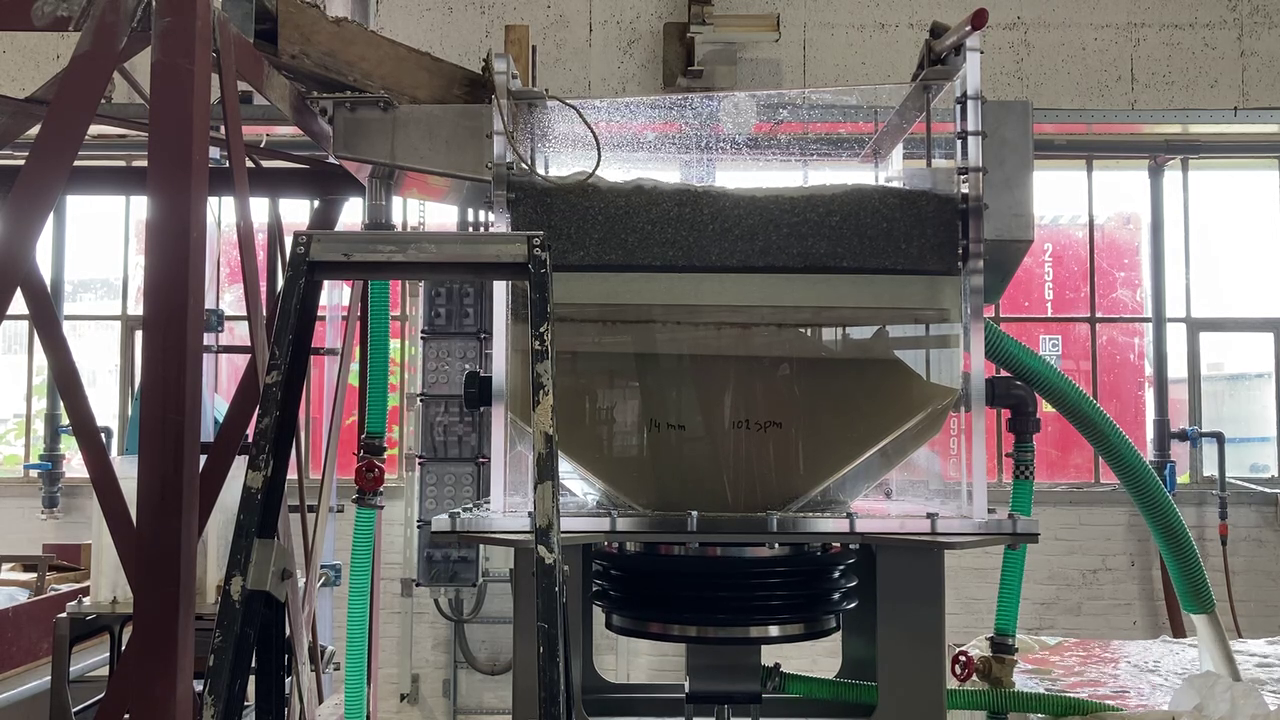
Finally, coarser material with different particle sizes was tested with the on-screen jig. Separating the gravel from magnetite particles taught us that the jig performance changes with the feed concentration. A decreasing concentration of the heavy particles in the feed led to a reduction in recovery rate. However, the recovery still reached >92%.
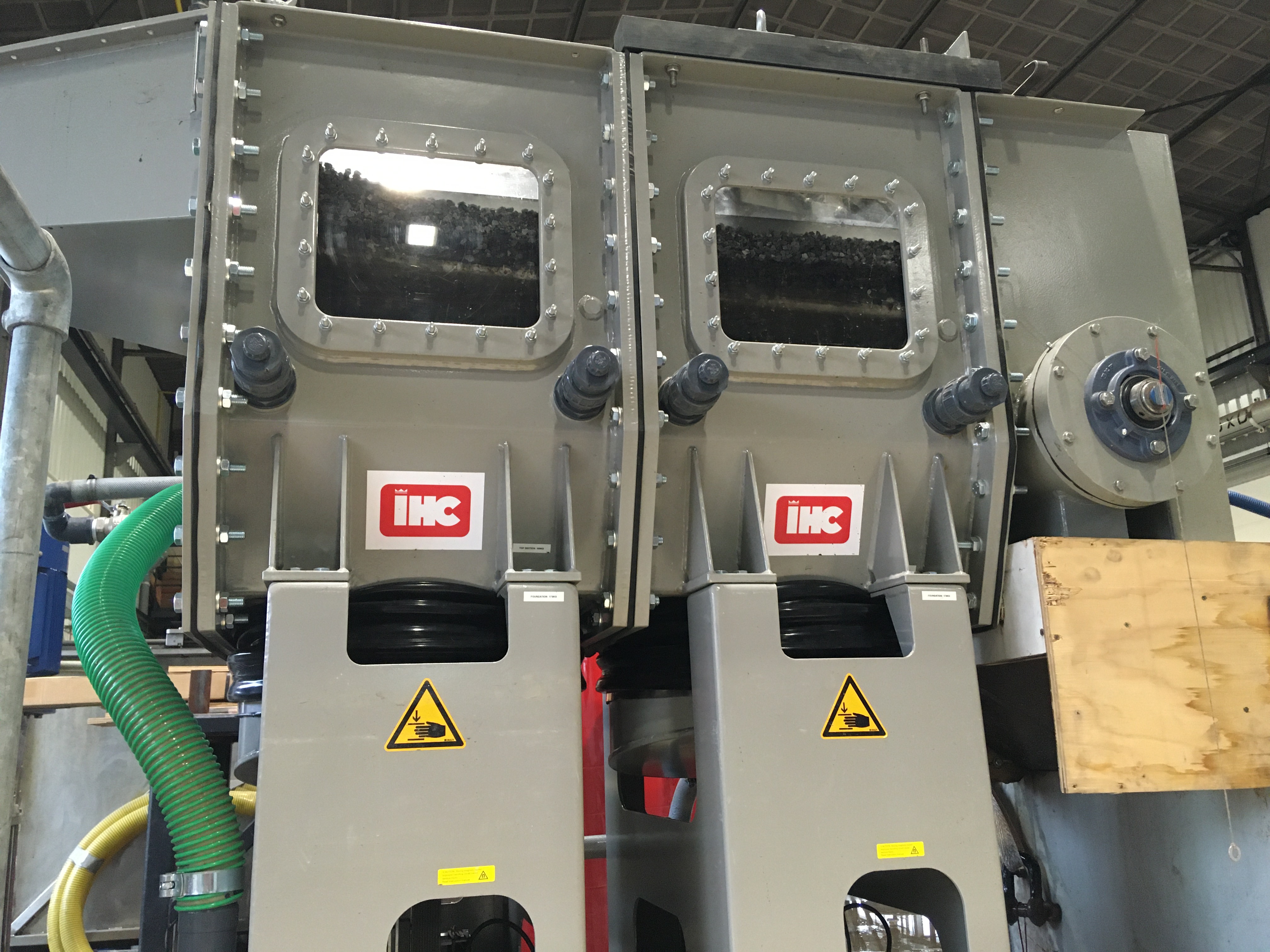
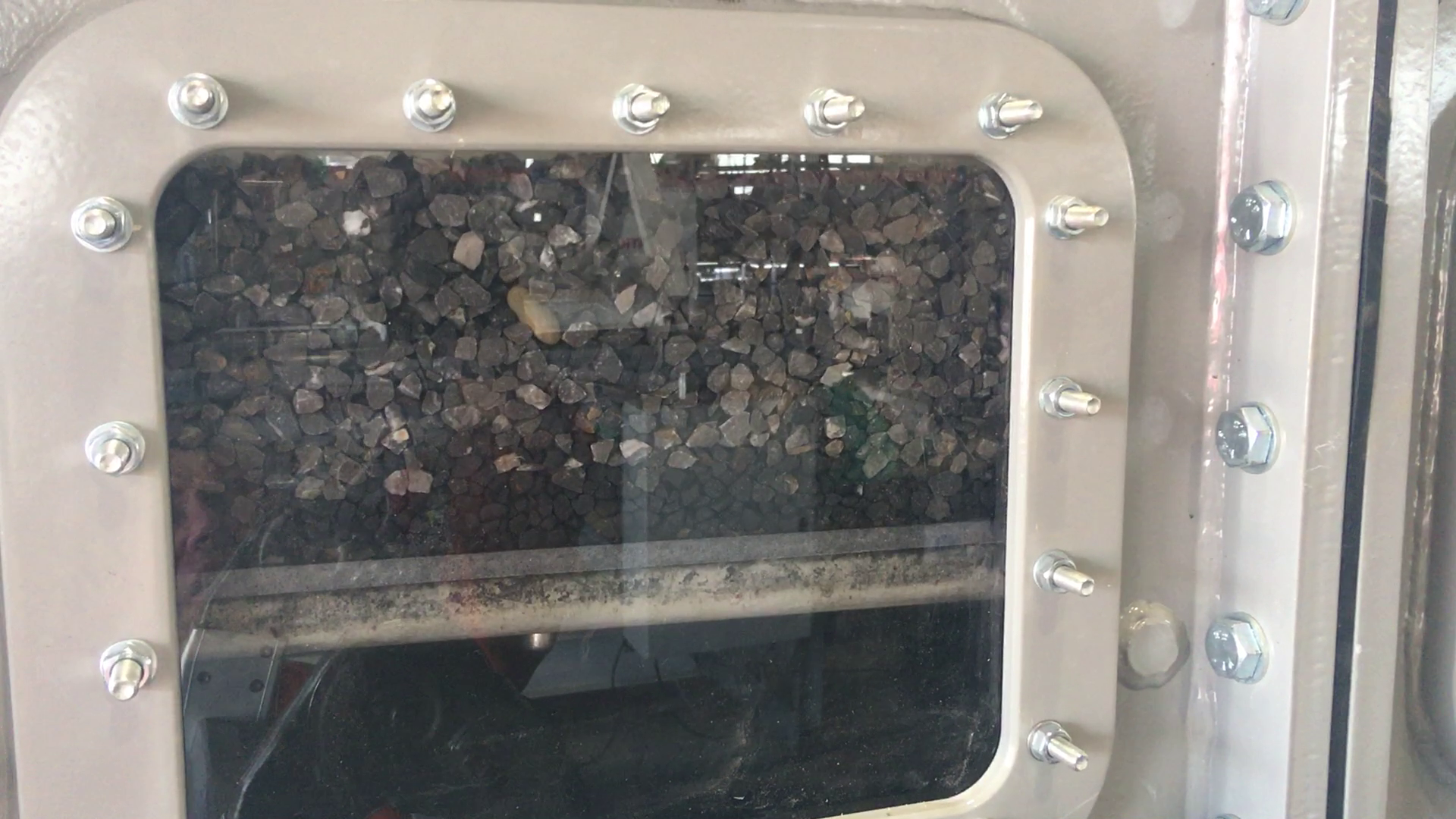
Programme success and future implementation
We are positive about the outcomes of the jig development programme. The development of test jigs and the performance of a variety of tests taught us a lot on the separation process of particles with different specific gravities and different particles sizes. The implementation of the permanent magnet linear motor gave the opportunity to quickly search for the most optimal settings per feed material characteristics.
The tests have shown that the jigs, with modifications based on our learnings, are indeed capable of meeting future needs in mineral processing for the energy transition including lower feed concentrations, deviating particle shapes and coarser particle sizes.
We can now better define the right settings for any operational process and both design and build a ‘boutique jig’ that fits each client's specific conditions seamlessly.
Additionally, we can use our new found knowledge to upgrade the current jig designs for implementation in new markets. In our next blog we will dive deeper into those markets and applications.
Written by
Jaco van der Hoeven
Product Specialist Mining & Mineral Processing